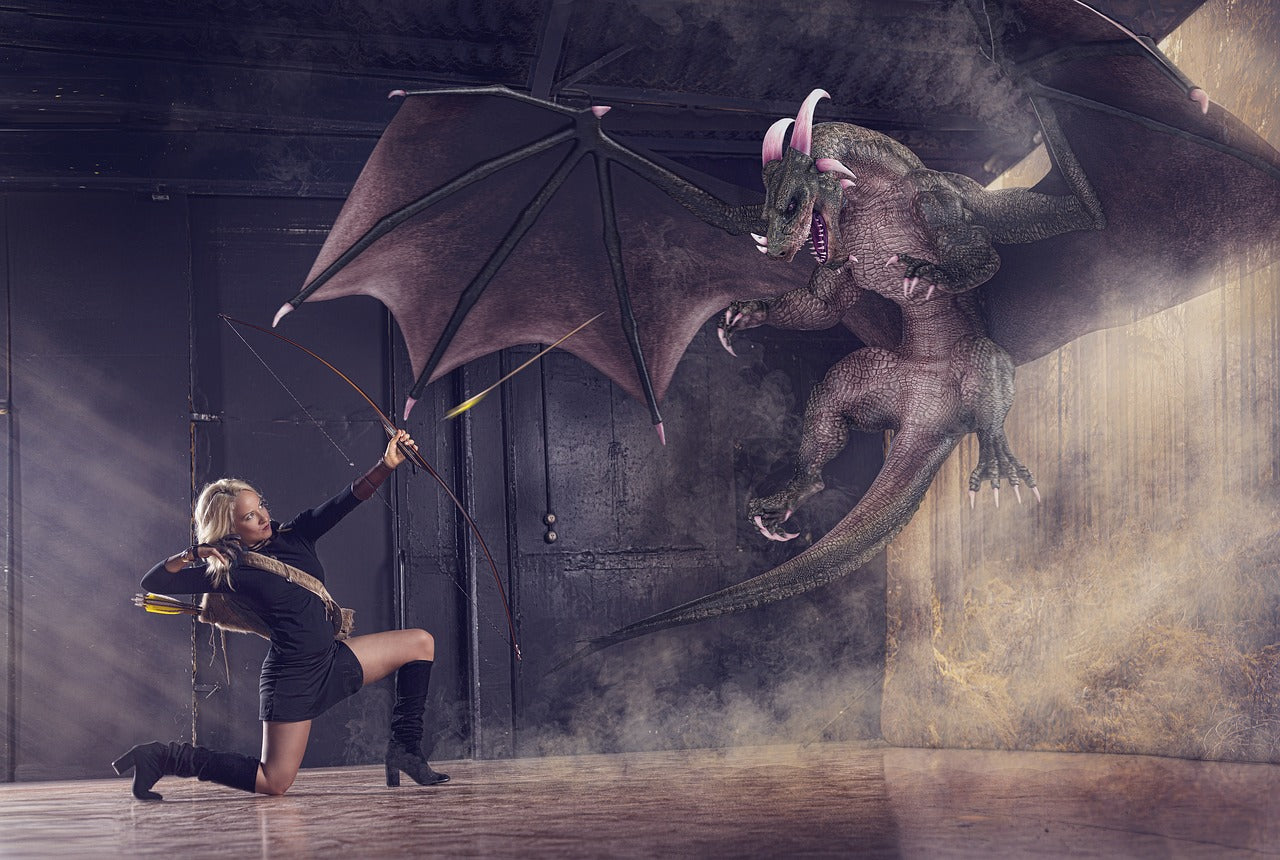Dracula
Fafnir
Every werewolf ever
These names bring to mind creatures driven by a single imperative. For some, the driving force is a need to feed, while survival is the impetus that compels others to do what they do. But they all share one common thing: their primitive and bestial instincts overpower higher rationale. In the end, that savagery is what makes them a true beast.
Return to main list
Beasts: The Origin
Beasts and savage creatures have been a recurring theme in fiction since the dawn of time. The oldest mythologies—including Egyptian, Sumerian, and Babylonian—feature dragons, werewolves, vampires, and more. These beasts are typically driven by a single biological or psychological imperative:- Vampires need to feed on blood to survive
- Dragons collect and hoard treasure
- Fenrir the Wolf is foretold to kill Odin during Ragnarok
In stories:
Until the last 10 to 20 years, beasts were almost exclusively the antagonist. Their bestial nature made them straight villains, as they were willing to resort to "extremes" to follow their biological or psychological imperatives:- Smaug, from J.R.R. Tolkien's The Hobbit only cared about his hoard.
- Dracula, Wolfman, and all the classic horror monsters of old were driven by their biological imperatives to survive.
- Fenrir the Wolf in Norse mythology was fated to kill Odin, and the serpent Jörmungandr is fated to bring on the beginning of Ragnarok.

